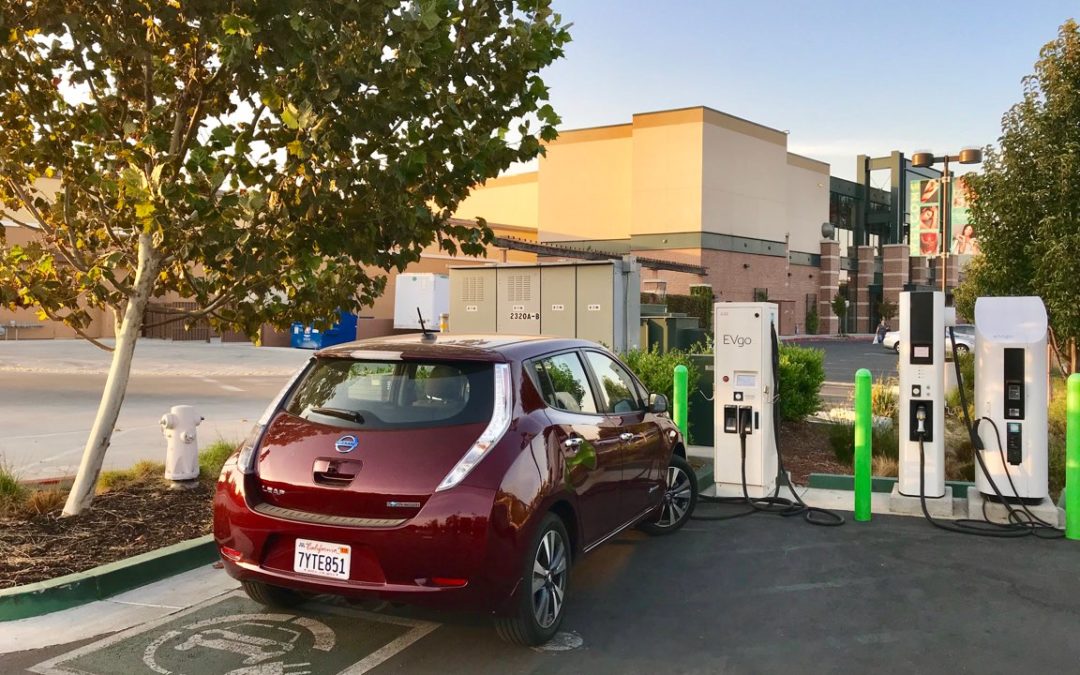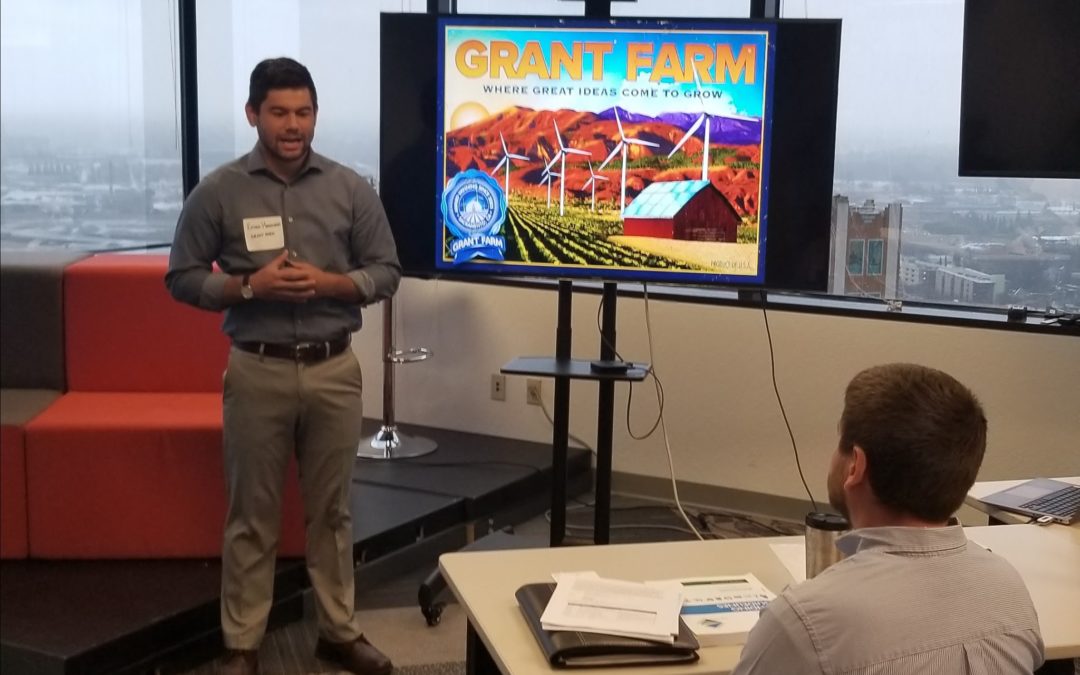
CARB Issues New Aggressive Climate Action Plan
Every five years, the California Air Resources Board creates a plan to achieve targets for carbon neutrality and reduce anthropogenic greenhouse gas emissions by 85 percent below 1990 levels no later than 2045, as directed by Assembly Bill 1279. This acceleration would require California emissions to drop to 226 million MT CO2 equivalents by 2030 compared to the prior goal of 258 million MT. This requires an additional emissions abatement to close the gap and then even more steps to hit the 2045 goal. These were the main challenges the plan had to address.
The plan is the product of a multi-agency process that involves the CEC and CPUC among others. The latest proposed version was released on November 16. It is up for adoption at CARB’s December 15-16 meetings.
This is a hugely important document for building a cleantech business in California. It will lead to bucket loads of incentives and grants being made available, and will cause some significant new regulations to be adopted or old ones made more stringent. All of this spells opportunity for those who can master what this document offers.
Since 2008, this is the fourth plan published to address California’s climate goals as they have evolved with Executive Orders and legislation (AB 1279 being the latest) now requiring carbon neutrality by 2045. The plan continues to emphasize a transition to a zero-emission transportation sector while phasing out fossil fuels and building renewable sources for clean electrical generation.
The Plan is a complicated document. Cap-and Trade and the Low Carbon Fuel Standards remain the market-based cornerstones of the plan, but there is much more. Here are the basics:
- The main goal is to reduce fossil fuel use since that is the source of the greatest amount of the GHG emissions. The plan calls for an 84% reduction in all fossil fuel demand.
- The reductions come from a wide variety of sources, and the plan specifies what should be done to achieve these reductions in each of the sectors.
Bar chart showing 82% Drop in GHGs from Direct Source Reductions

Direct Source Reductions
- The plan includes a substantial boost in actions that can be taken with natural and cultivated lands to increase the potential to capture and store carbon dioxide. This includes better forest and shrubland management and tree-planting, as well as changes to farming practices.
- For the first time, the proposed plan includes direct air capture of carbon dioxide and sequestration through deep underground injection or mineralization. The plan leans on the increased tax credit incentives in the Inflation Reduction Act amounting to $9 billion as a way to make this happen, but notes California will need to do even more.
- The cost of making these adjustments compared to the current plan is estimated as $32 billion/year by 2030 and $44 billion/year by 2045. These are offset by reductions in costs for buying fuels and energy of $11 billion per year in 2035 and $24 billion/year in 2045. The net cost is about $21 billion per year through 2045.
- The proposed plan would have a slight negative effect on jobs. The analysis in the plan says it would reduce employment in the state by 0.3% in 2035 and 0.4% in 2045, while creating 4 million new jobs to replace those lost by the transformation of the energy system. The impacts on personal income, household income, and Gross State Product are estimated to be negligible.
- The big immediate gain from the plan is an estimated $200 billion/year reduction in health costs due to the reduction in NOx and fine particulate emissions. There are unspecified gains from contributing to mitigating climate change, but those are hard to claim when others are not taking actions that are equally serious.
- There are hundreds of proposed actions or “strategies” in the report. Nothing in the report implements any of them. For the plan to succeed, multiple agencies and the legislature must all work to adopt those strategies through rule changes and new laws. That is going to be a monumental amount of work, and potentially some of the strategies could be derailed.
The biggest target and the most controversial one in the proposal is the weaning of California drivers from cars, trucks, and offroad vehicles that run on conventional gasoline and diesel. The plan makes this happen not by outlawing use of conventional vehicles, but by using market tools to accelerate the transition. The plan does this in three ways:
- Offering substantial subsidies to switch to electric vehicles
- Continuing to clamp down on the number of cap-and-trade emission allowances, driving up the price which will make conventional fuels more expensive to make
- Increasing the value of low carbon fuel credits given to makers of alternate fuels in order to price them more attractively
People will be allowed to hold on to their existing conventional vehicles, but will pay increasingly steep prices for the conventional fuels to use in them. In contrast, by the subsidies given for low carbon-intensity fuels, people will be encouraged to use these new fuels in their old cars.
The plan makes it very clear that it supports the use of “drop-in” renewable low-carbon liquid fuels to create a path that will not force people to give up their current vehicles. These “drop-in” fuels are largely indistinguishable from their conventional counterparts and in many cases can be added to the existing volumes of gasoline and diesel in gradually increasing amounts as they become available. No modifications of engines, service stations, or distribution facilities are necessarily required to accommodate this switch. (See Scoping Report pages 190-191).
Refineries are not mandated to be shut down, but to adapt to processing and blending the new non-fossil low-carbon alternatives into a steady stream of supply for those vehicles that still need. Clearly the volume of fuels to the non-electric vehicles will shrink.
The new CARB plan is of course linked to all the other actions the Governor has proposed in his budgets last year and this year. Overall, it’s a $54 billion dollar commitment to battle climate change (see the chart below). It includes:
- $10 billion for ZEVs including $1.5 billion for electric school buses and $3 billion to build an accessible charging network.
- $2.1 billion for clean energy investments including long-duration storage, offshore wind, green hydrogen and industrial decarbonization.
- $13.8 billion for reducing emissions in the transportation sector including improving public transportation
- $720 million for research into new climate innovations in the state’s institutions of higher learning.
- $1 billion for sustainable, affordable housing
- $1 billion to help low-income households realize energy cost savings through decarbonization
- $9 billion for wildfire risk reduction, drought mitigation, extreme heart resilience, and nature-based solutions.

California Climate Commitment
Keep in mind that all these funds are in addition to the Federal money created by the Inflation Reduction Act and the Infrastructure Act. It is a “Green Wave” in more than one sense. Please join us for our January 26 MeetUp on the topic “Show Me the Money” where we will discuss more about what opportunities all this money may be creating.

ABOUT THE AUTHOR
Gary Simon is the Chair of CleanStart’s Board. A seasoned energy executive and entrepreneur with 45 years of experience in business, government, and non-profits.
CleanStart Sponsors
Weintraub | Tobin, BlueTech Valley, Revrnt, River City Bank
Moss Adams, PowerSoft.biz, Greenberg Traurig, California Mobility Center










